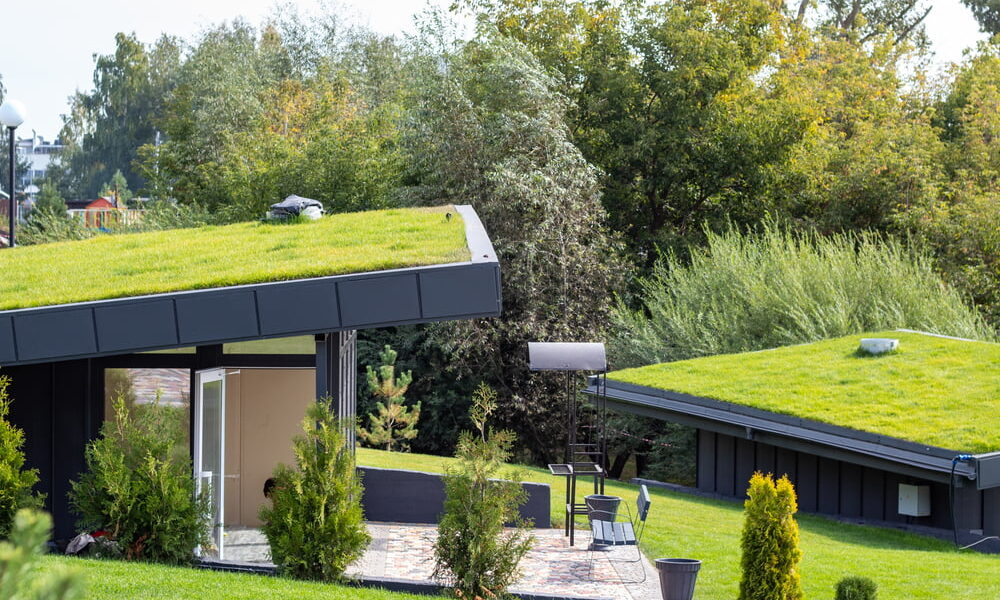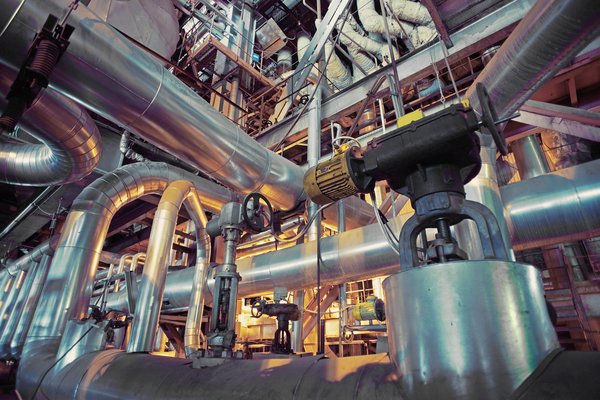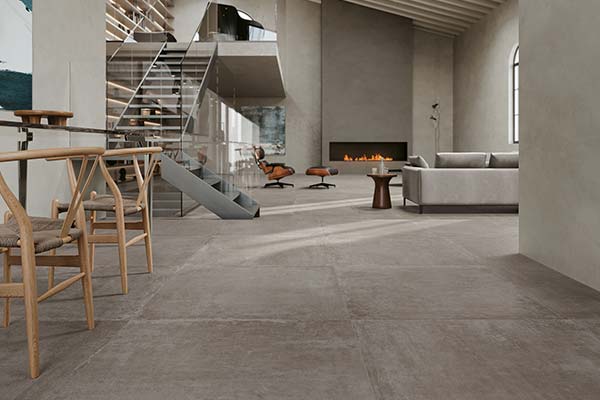
Concrete Innovations and Sustainable Advances: Exploring the Future of the Industry
Concrete has been a fundamental material in the construction industry for centuries. It is a versatile and durable material that has been used to build some of the most iconic structures around the world. However, as the world moves towards sustainability and environmental consciousness, the concrete industry must also evolve to meet these demands. In this article, we will explore the future of the concrete industry and the innovations and sustainable advances that will shape it.
Innovations in Concrete Production

One of the biggest challenges facing the concrete industry is reducing its carbon footprint. Traditional concrete production is a significant contributor to greenhouse gas emissions due to the energy-intensive process of manufacturing cement, a key ingredient in concrete. To address this issue, researchers and manufacturers are exploring new ways to produce concrete with lower carbon emissions.
One such innovation is the development of geopolymer cement. Geopolymer cement uses industrial by-products, such as fly ash and slag, as a replacement for traditional cement. This reduces the carbon footprint of concrete production by up to 80%, making it a much more sustainable option.
Another innovation is the use of carbon capture technology. This involves capturing carbon dioxide emissions from the cement production process and storing it underground. This technology has the potential to significantly reduce carbon emissions from the concrete industry and make it a more environmentally friendly option.
Sustainable Advances in Concrete Applications
Concrete has traditionally been used in the construction of buildings and infrastructure. However, as sustainability becomes increasingly important, new applications for concrete are emerging that can help address environmental challenges.
One such application is the use of pervious concrete. Pervious concrete is a special type of concrete that allows water to pass through it, reducing the need for stormwater management infrastructure. This can help reduce flooding and improve water quality, making it a more sustainable option for paving and other applications.
Another sustainable advance is the use of self-healing concrete. Self-healing concrete contains bacteria that can repair cracks in the concrete, reducing the need for costly repairs and maintenance. This not only makes concrete more sustainable but also more cost-effective.
The Future of the Concrete Industry

The future of the concrete industry is one that is focused on sustainability and innovation. As demand for sustainable construction materials grows, we can expect to see more investment in research and development to create new and innovative concrete products and applications.
However, it is also important to remember that sustainability is not just about the materials we use but also about how we use them. The concrete industry must also focus on reducing waste and improving the efficiency of the construction process to truly become a sustainable industry.
- The concrete industry is evolving to meet the demands of a more sustainable future.
- Innovations in concrete production, such as geopolymer cement and carbon capture technology, are reducing the carbon footprint of the industry.
- New applications for concrete, such as pervious concrete and self-healing concrete, are addressing environmental challenges.
- Investment in research and development will continue to drive innovation in the industry, but a focus on waste reduction and construction efficiency is also essential for a truly sustainable industry.




